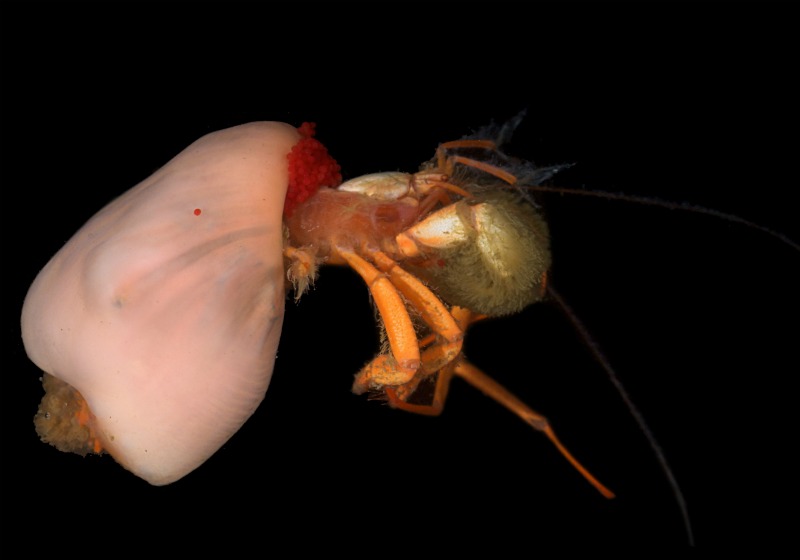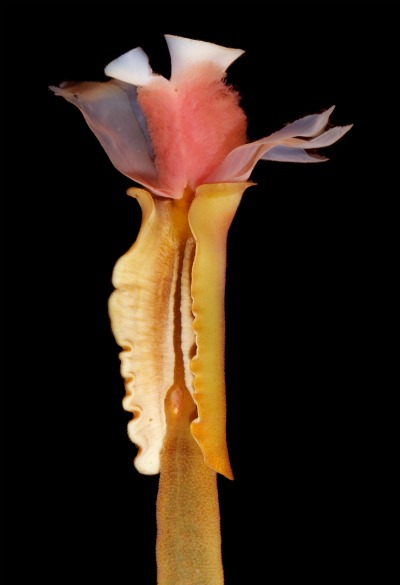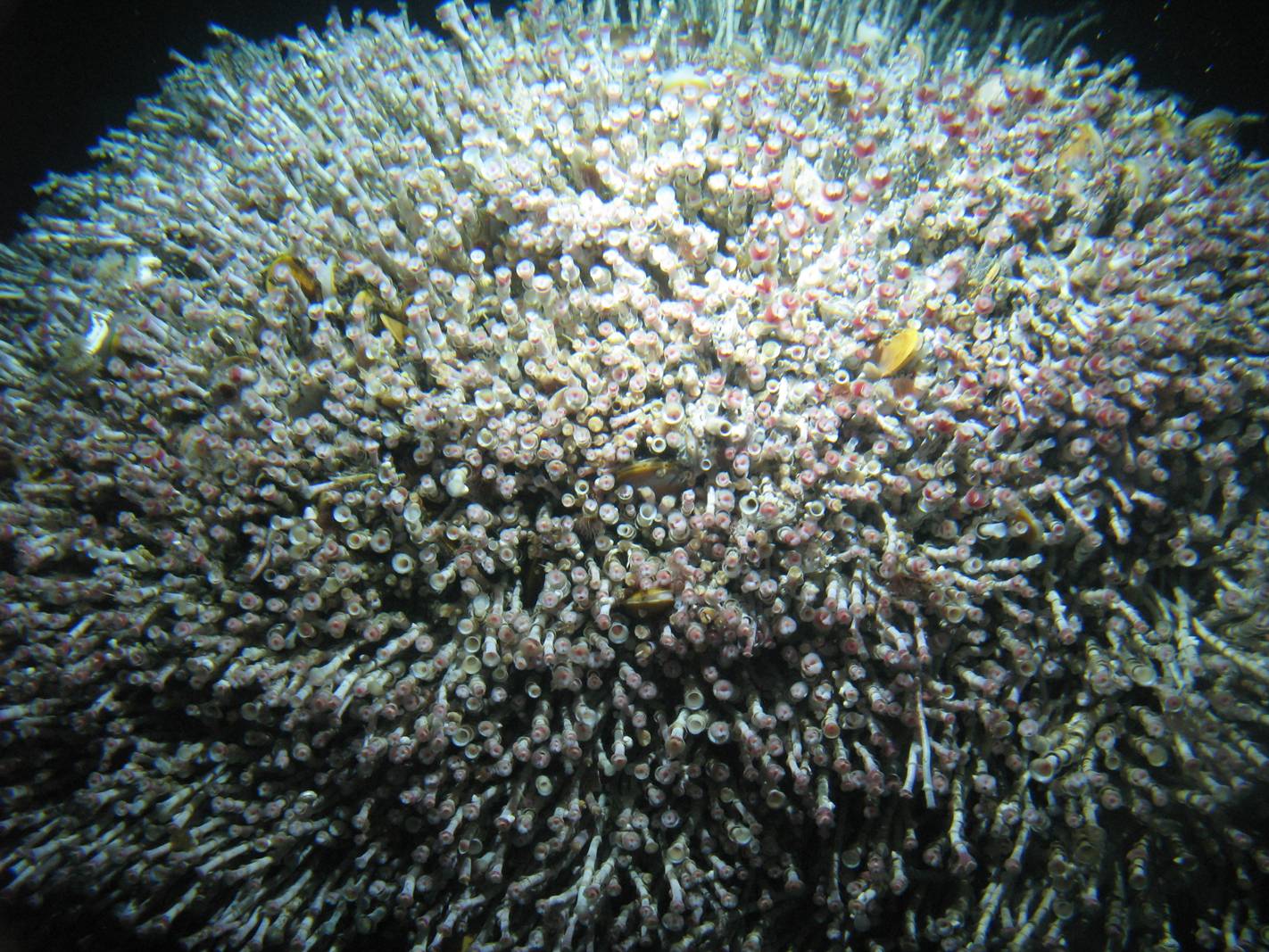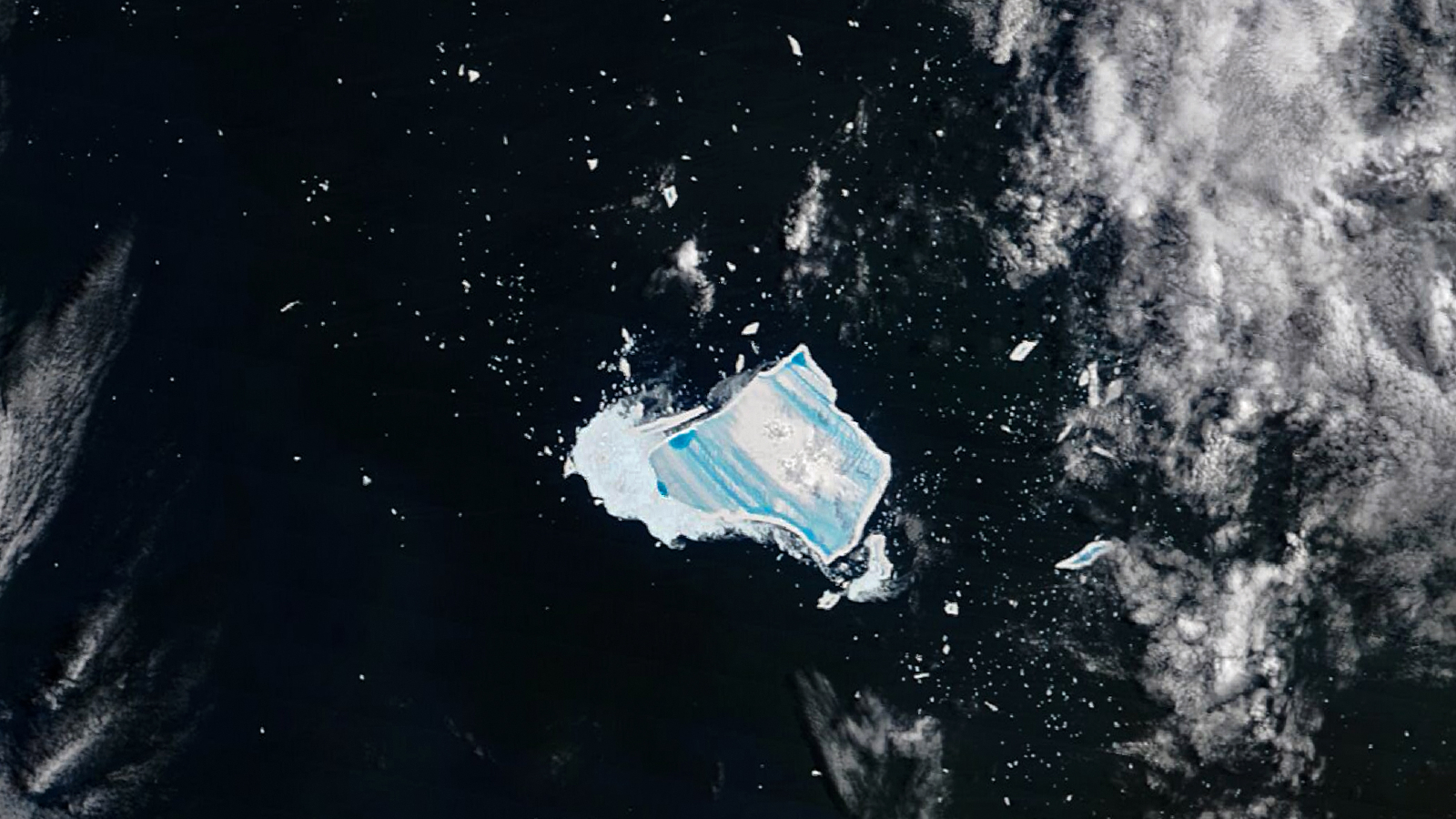
Bizarre Hybrid Deep-Sea Creatures Discovered

Scientists have discovered a strange and rare hybrid site in the deep sea where two extreme seafloor environments exist side by side, and are home to a parade of weird hybrid creatures seemingly adapted to the hardships posed by both intense environments.
Researchers discovered hydrothermal vents and cold methane seeps in a swath of the the deep sea off Costa Rica in 2010, and found a host of unknown species living there.
Scientists made the discovery during a dive in the manned submersible Alvin to an area known as the Jaco Scar, where an underwater mountain is moving under a tectonic plate.
"The most interesting aspects of this site are the presence of vent-like and seep-like features together, along with a vast cover of tubeworms over large areas and a wealth of new, undescribed species," lead researcher Lisa Levin, of the Scripps Institution of Oceanography at the University of California San Diego, said in a statement.
Hydrothermal vents exist where cracks or rifts in the seafloor spew forth volcanically heated, chemical-rich seawater, whereas cold seeps, as their name reflects, are far less intense environments where fluids laden with methane and other hydrocarbons slowly seep out of the seafloor and cover a large area.
The team coined the phrase "hydrothermal seep" to describe the ecosystem. Their research is published in the March 7 issue of the journal Proceedings of the Royal Society B.
Although researchers had previously sent remotely operated vehicles to the site, the 2010 expedition marked the first time humans ever visited, which proved key to the discovery, Levin said.
Get the world’s most fascinating discoveries delivered straight to your inbox.
"It was not until human eyes saw shimmering water coming from beneath a large tubeworm bush that we really understood how special Jaco Scar is," she said.
Recent expeditions have uncovered many interesting creatures new to science at hydrothermal vent sites around the planet. Near Antarctica, researchers spied yeti crabs clamoring on the hot volcanic vents, and in the Caribbean, scientists found swarms of eyeless shrimp.
Follow OurAmazingPlanet for the latest in Earth science and exploration news on Twitter @OAPlanet and on Facebook.
 Live Science Plus
Live Science Plus








